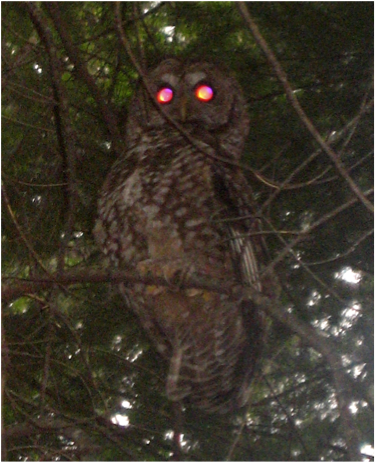Impacts of forest fuel treatments and wildfire on forests
 Monday, December 14, 2015 at 9:33AM
Monday, December 14, 2015 at 9:33AM Tempel, DJ, RJ Gutiérrez, JJ Battles, DL Fry, Y Su, Q Guo, MJ Reetz, SA Whitmore, GM Jones, BM Collins, SL Stephens, M Kelly, WJ Berigan, and MZ Peery. 2015. Modeling short- and long-term impacts of fuel treatments and wildfire on an old-forest species. Ecosphere 6(12) DOI:10.1890/ES15-00234.1

Fuels-reduction treatments are commonly implemented in the western U.S. to reduce the risk of high-severity fire, but they may have negative short-term impacts on species associated with older forests. Therefore, we modeled the effects of a completed fuels-reduction project on fire behavior and California spotted owl (Strix occidentalis occidentalis) habitat and demography in the Sierra Nevada to assess the potential short- and long-term trade-offs. We combined field-collected vegetation data and LiDAR data to develop detailed maps of forest structure needed to parameterize our fire and forest-growth models. We simulated wildfires under extreme weather conditions (both with and without fuels treatments), then simulated forest growth 30 years into the future under four combinations of treatment and fire: treated with fire, untreated with fire, treated without fire, and untreated without fire.
 fire,
fire,  forests,
forests,  last chance,
last chance,  snamp
snamp 
